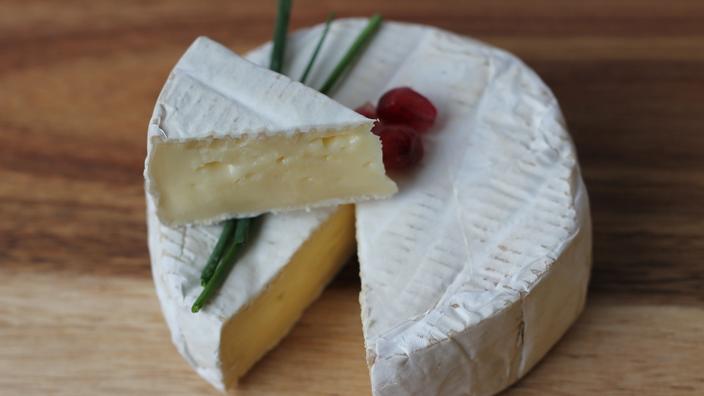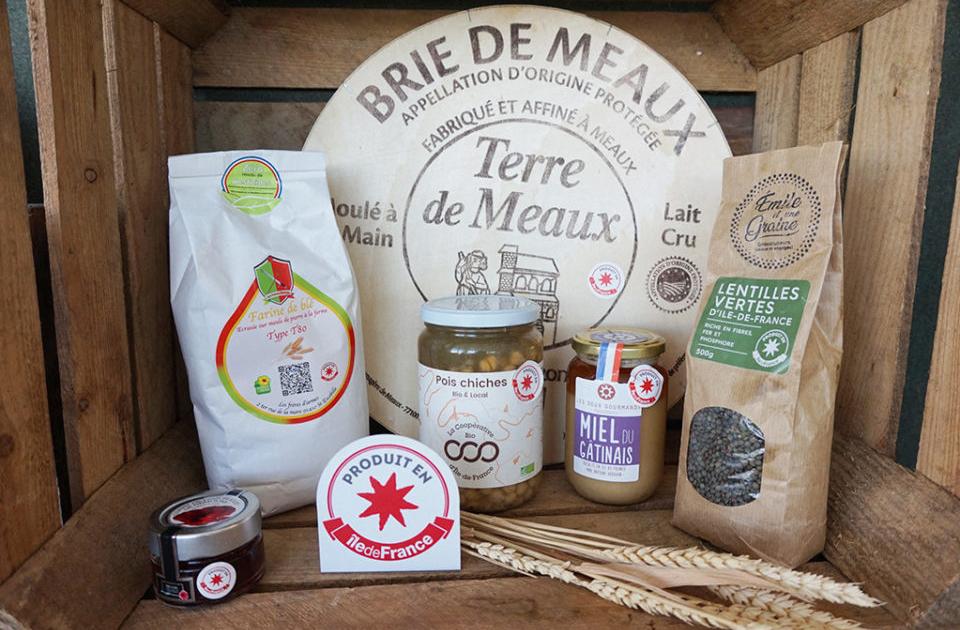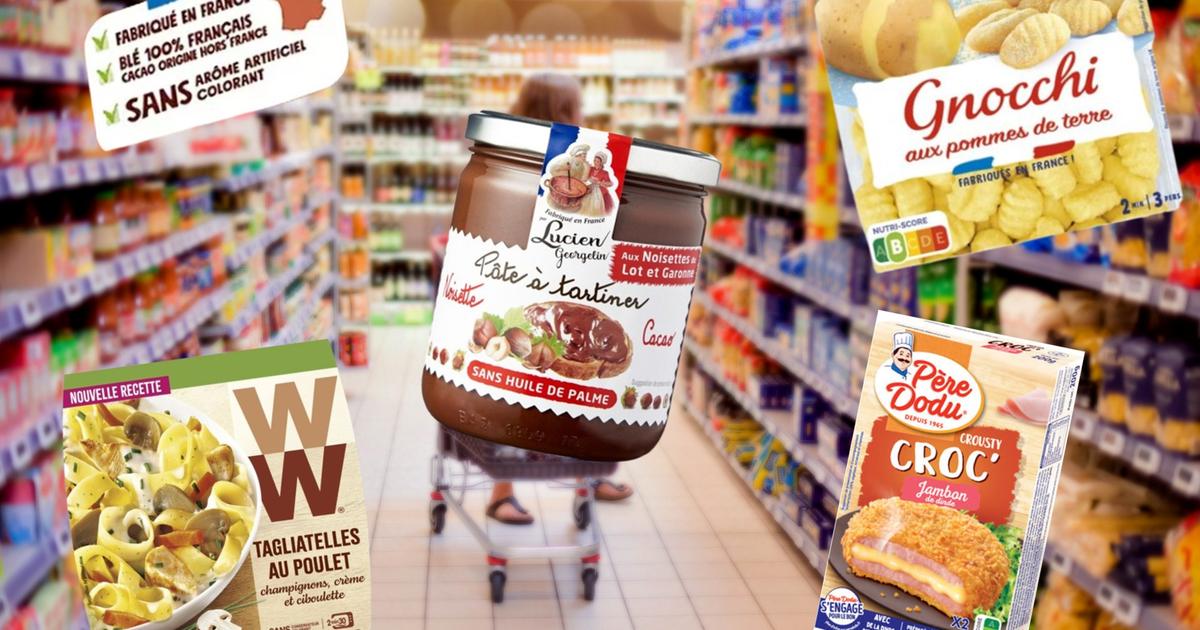Camemberts "made in Normandy" or "from Normandy", there is no longer any doubt.
A decision of the Directorate-General for Competition, Consumption and the Repression of Fraud (DGCCRF) has prohibited since January 1 from writing "made in Normandy" on the labels of this cheese most consumed in France.
Read also: The battle of the Camembert is not over
The objective: to avoid any confusion with the so-called "Normandy" camemberts which have benefited from the protected designation of origin (PDO) since 1996 and which therefore meet specifications with in particular the use of
"molded raw milk. à la louche ”
and unpasteurized as is the case with industrial camemberts“ made in Normandy ”.
"Product labeling must not be of such a nature as to mislead the consumer and of such a nature as to usurp protected designations of origin and protected geographical indications"
, explains the DGCCRF in a notice published in its official bulletin last July. .
It thus left manufacturers until December 31 to
"bring their labeling into conformity"
.
It also recalls that the geographical name “Camembert de Normandie” is protected
“at European and national level”
.
Only labels bearing the mention: Camemberts “de Normandie” PDO will therefore be authorized, marking the victory of small producers.
“The word Normandy is a selling point that speaks to consumers looking for a Camembert made in this region.
However, the one said to be 'made in Normandy' did not comply with the specifications except that it was manufactured in factories located in Normandy, unlike the AOP Camembert ”,
explains the National Institute of Origin and quality (Inao).
Attached to the Ministry of Agriculture, it manages the official signs of origin and quality in France (PDO, IGP, STG, red label, organic farming).
At the start of 2020, 9 out of 10 camemberts were marketed under the label “made in Normandy”, i.e. 60,000 tonnes per year, compared to 6,000 tonnes for those called “from Normandy”.
The institute is delighted with this decision which will allow
“producers to add value to their camemberts without suffering from this unfair competition”.
"It was important to ensure respect for this product, this name and to put an end to this usurpation so that the PDO could develop and be defended," he
explains to
Le Figaro
.
Failure of the agreement between industrialists and producers
A consultation launched in 2018 ended in failure last January.
Producers and manufacturers, including those belonging to the Norman Union of Camemberts Manufacturers (SNFC) had not managed to agree on the creation of a large regional protected designation of origin (PDO) which was to coexist under the same label the two types of pie charts despite their very different manufacturing processes.
“Inao gathered around the table all the players in the PDO appellation of Camembert de Normandie and those with the mention 'made in Normandy' to find common ground.
But the industrialists did not want this evolution of the specifications which led us to this ultimatum in order to put an end to this mention ”
, regrets the institute.
On the side of the producers also, these new rules were badly perceived.
Defending the know-how of “Normandy” camembert, the MoDem deputy of Loiret Richard Ramos and the president of the Fromages de Terroirs association, Véronique Richez-Lerouge had distributed, on March 13, 2019, 577 camemberts to deputies, on which we could read:
“No to pasteurized camembert.
Yes to raw milk for all ”
.
"By opening the door to volume, standardization and therefore mediocrity, we are misleading the spirit of our appellations of origin"
, had criticized Véronique Richez-Lerouge with
Ouest-France
.
Last attempt to hope to counter the decision of the DGCCRF, the SNFC tried to appeal to the Council of State.
In vain, the latter rejected it on December 24.
It remains to be seen whether this final decision will ultimately be applied without resistance or if this is just a new episode in the pie chart war.









